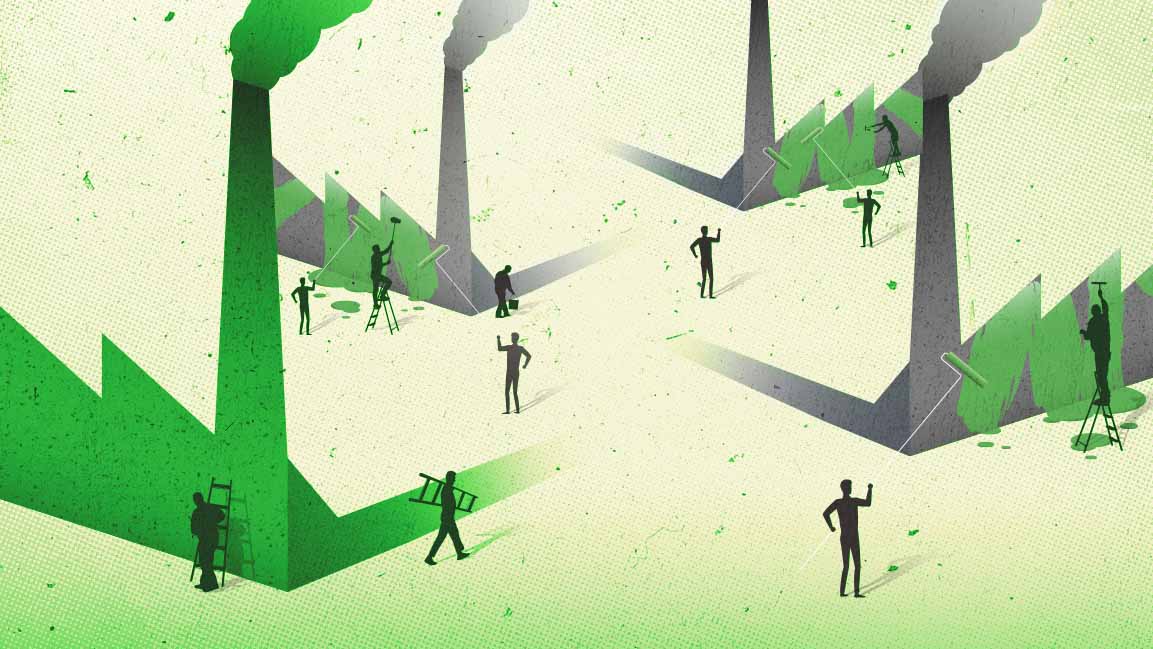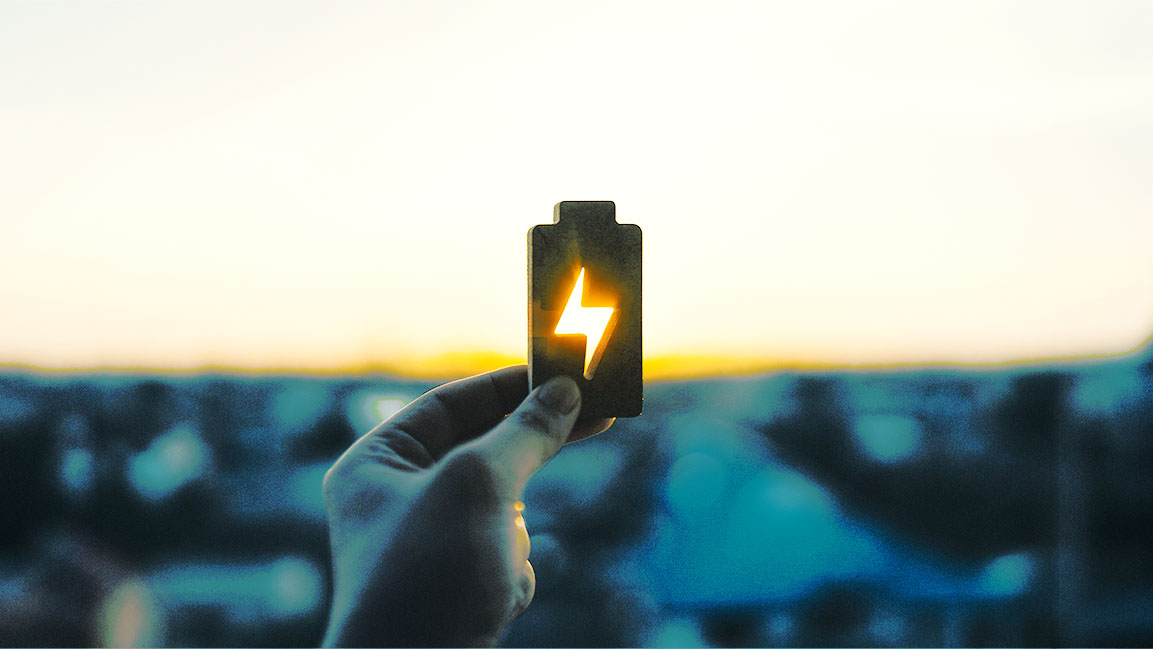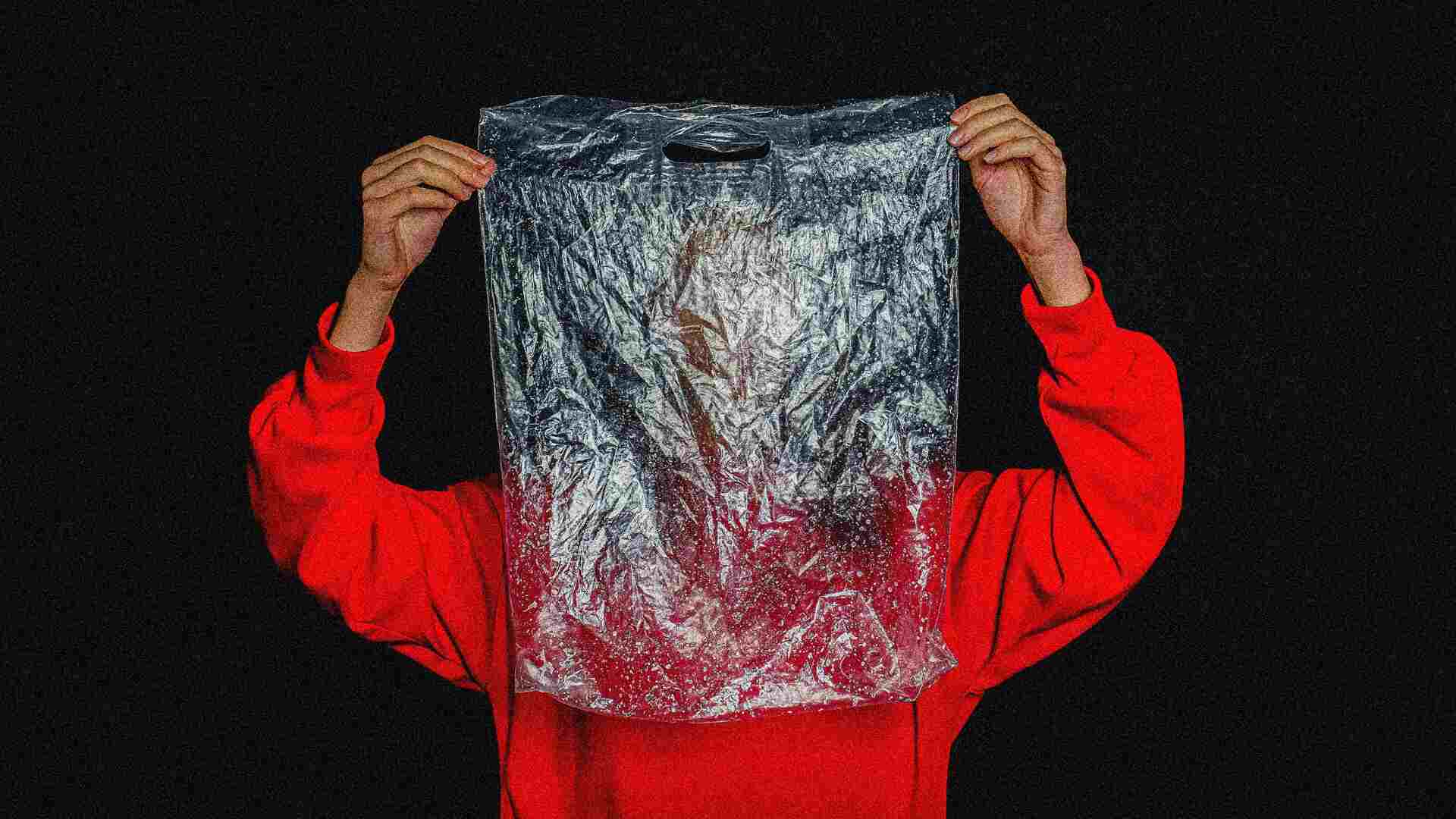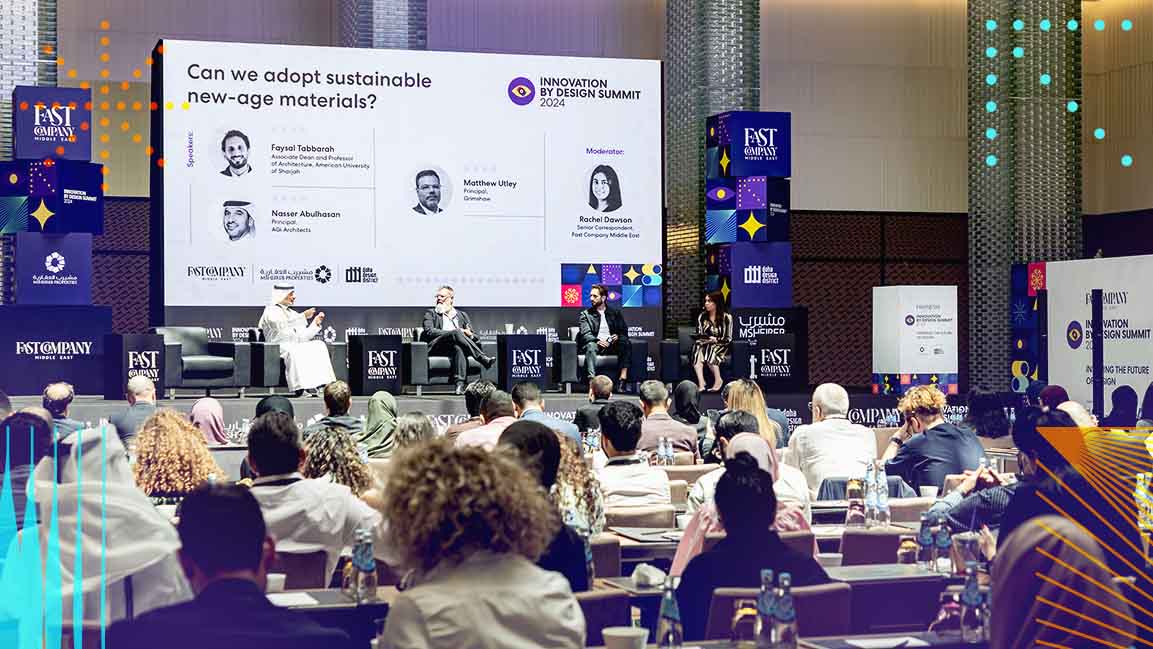- | 9:00 am
Growing crops under solar panels makes food—and healthier solar panels
‘Agrivoltaics’—putting agriculture under solar installations—is a good way to maximize land use. It also makes the solar panels last longer.

Using land for solar arrays or agriculture farms is often portrayed as a zero-sum game, but it doesn’t always need to be. Agrivoltaics is the technical term for using land for both solar energy and crops, with everything from mushrooms to broccoli growing beneath arrays. This has proven beneficial for farmers, in some cases increasing yields, reducing water use, and adding another income stream from energy production. And, it turns out, it benefits the solar panels too, improving their performance and longevity by keeping them cooler.
Agrivolatics is about meeting several objectives, explains Max Zhang, a professor of mechanical engineering at Cornell University and senior author of a study recently published in Applied Energy on those benefits to solar panels. “We have an imperative need to deploy renewable energy as much as we can to combat the impact of climate change, but at the same time, there’s also an important need to preserve farmland for food security,” he says. “It’s a challenge.” It can be easy to focus on the trade-offs—how crops and panels are both competing for solar radiation, for example—but it’s important to show the benefits, too.
For this latest paper, researchers looked at different surface temperature data from solar farms. It’s “well recognized,” Zhang says, that higher temperatures can decrease the lifetime and efficiency of solar panels, so this is something the industry monitors. Solar panels mounted 4 meters above a soybean crop were connected to temperature reductions of up to 10 degrees Celsius, the study found, compared to solar panels mounted half a meter above bare soil.
There are a few reasons for that temperature decrease. One has to do with “evapotranspiration,” which is when water evaporates from crops or soil into the air. That process removes heat, so when crops grow beneath a solar panel, the very act of water evaporating from them lowers temperatures. Another factor is reflection; crops can be more reflective than soil, so while soil may hold in heat and then emit it from the ground up, crops don’t convert as much solar radiation into heat. Lastly, there’s a benefit from how the solar panels are installed. When operating above agriculture, panels need to be placed higher, which also lets air pass through more easily, essentially ventilating the panels.
It’s an interesting time for the solar industry, Zhang notes. In its nascent stages, “the design has been relatively straightforward: You want to maximize your energy production only, for a given area of land.” But as the industry moves to a larger scale, its players, along with regulators and the communities the farms are in, are considering multiple objectives for those arrays: “Not just the energy production,” Zhang says, “but how to be more ecosystem friendly, more environmentally friendly, and more community friendly.”
That approach could change how receptive communities are to having solar farms come into their area. It could also change the solar farms’ design. “Ten years from now,” Zhang says, “solar farms will be quite different than they are today.”
There are a lot more questions to answer about the relationship between solar energy and crops (how to more effectively plant, grow, and harvest those crops underneath panels is a major one). This research is only the beginning, Zhang says, and is part, he hopes, of a more “holistic thinking approach to look at, more comprehensively, the interactions between crops and panels.” It won’t be easy to balance both agriculture and solar’s needs, but “in time,” he says, “we’ll see the positive side of creating future solar farms that can serve both.”








































